Inspection Software must itself be Inspected
Software & Analysis
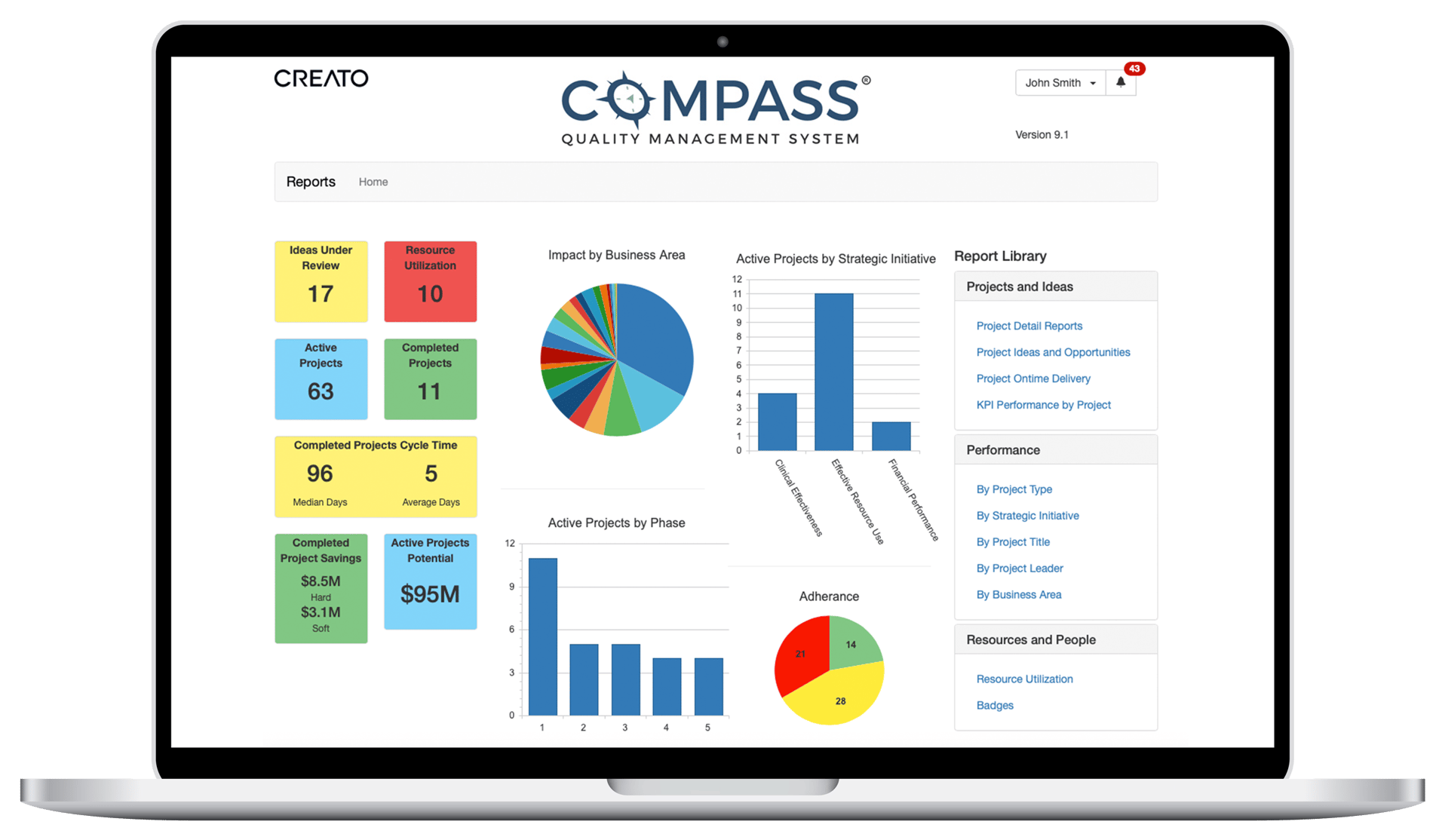
Software decreases the time to identify and eliminate quality risks, reduces risk-related expenses, improves compliance capability, and optimizes labor. By Ian R. Lazarus and Kevin Sari
Engaging an audience on the technical aspects of quality work can be a challenge: inspection, audits, and measurement systems analysis are hardly the stuff of a lecture that you will find gripping and inspirational. That is why I would often include an exercise where the audience is required to inspect a paragraph and count the number of f’s. It went something like this:
The necessity of training farm hands for first-class farms in the fatherly handling of farm livestock is foremost in the eyes of farm owners. Since the ancestors of the farm owners…
“It’s a matter of life and death that we get this right, so take your time,” I would say, trying my best to get the crowd to take the challenge seriously. “We can all agree there is only one right answer, right?” – I would add, just to make them more determined to avoid embarrassment by failing the test. Inevitably, the answers provided, when charted, resembled a skewed distribution. Several participants found f’s that were not even there.
I used this exercise to make the profound claim that “inspection is fundamentally unproductive” and that we should take resources devoted to inspection and plow them into creating a process that would never produce an error or defect, rendering inspection unnecessary.
Sadly, we usually do not have this luxury. Either due to the demands of regulators or our own organization, we routinely conduct inspections, even though it’s been estimated that visual inspection of processes will generally reveal only 80-90% of defects truly present. And so we have an industry devoted to selling you software to guide and document inspection-related activity. Google will deliver 165 million links to information on “quality inspection software.” Or you can read on to inform your next move if inspection software is on your shopping list.
Quality inspection software supports quality verification through data collection that drives process improvement and/or satisfies external parties, such as regulators. While this could be performed manually, software decreases the time to identify and eliminate quality risks, reduces risk-related expenses, improves compliance capability, and optimizes labor. So even if they are not perfect, they add value on several important performance parameters.
AdCreative Missing.
(double-click to add)
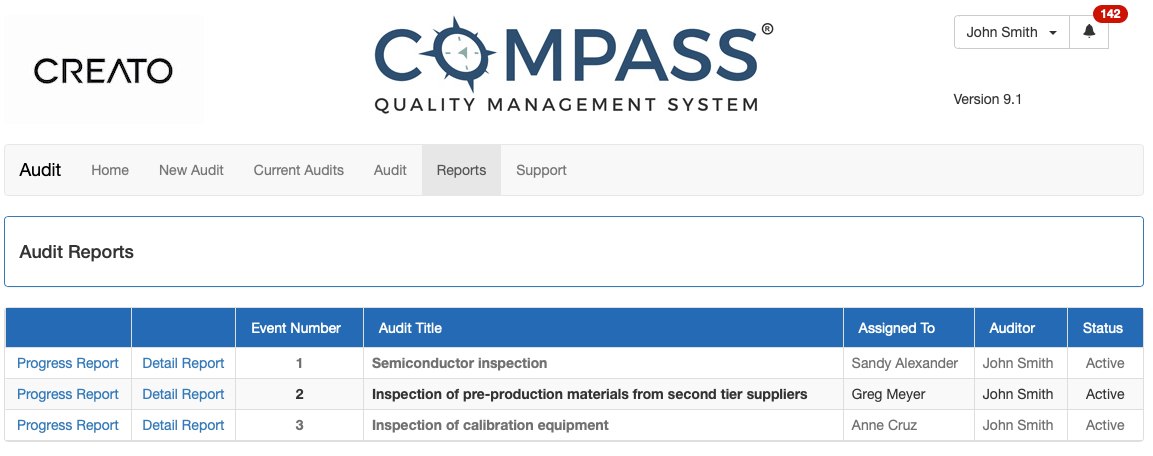
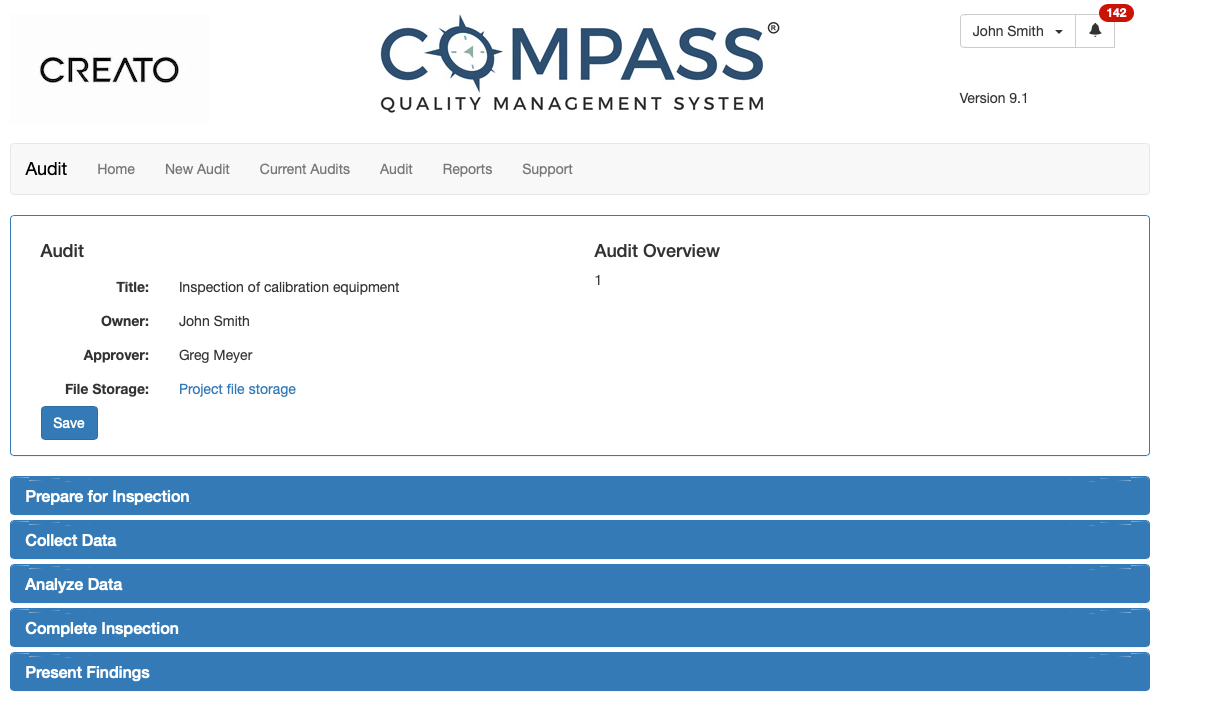
A mature quality inspection application will help quality managers to schedule work (above) and to guide the process of completing comprehensive inspections (below)
Identifying the best quality inspection software for your needs is complicated by the fact that these products are not generally considered a category unto themselves; two popular sites that aggregate customers reviews on software products, G2 and Capterra, do not maintain a separate category for these products but instead point to other software categories that perform these functions, such as “quality management software.” The specific capabilities you require will also depend on what stage of the product life cycle you are inspecting: pre-production, inline, or finished goods.
There is also the possibility that complex machines will already have quality inspection features native to the hardware and part of its larger purpose. For example, coordinate measuring machines (CMMs) are used to measure the geometries of physical objects. These are used for three-dimensional measurement of mechanical parts such as those found on automobiles and in aerospace. CMMs exist to detect differences in measurements from prototypes or drawings to ensure compliance and to prevent failure. These machines play a vital role in precision engineering and quality control where “six sigma” levels of performance are needed.
Another example of a system with inherent inspection features is the Manufacturing Execution System, or MES. An MES tracks products and orders on the plant floor, collects transactions for reporting to the planning system (such as in-process defects), and dispatches manufacturing orders, interventions, and work instructions to shop floor personnel.
Next, we have Enterprise Resource Planning (ERP) systems, which manage and integrate critical business processes that companies depend upon to run their organization. These systems can do nearly everything, but they can’t do everything well. So many organizations decide to either bolt-on or procure a separate quality execution module to support inspections and other performance improvement activity.

Quality Management Systems often integrate inspections and audits as part of the overall application
Whether you decide to go with what an ERP system offers in the way of a quality execution module, or a dedicated quality management system (QMS), consider these four points:
- Does the system have all the organization’s needs to execute quality within the manufacturing context? ERPs focus heavily on financial and material transactions and by themselves might fall short without a quality execution module. Specifically, can the software offer the ability to create workflows for quality transactions? Examples would include electronic approvals, inspection, and testing steps within a manufacturing process.
- Does the quality system offer flexibility to communicate with other systems? The quality execution software should have out-of-the-box support to integrate into other ERP, MES, and existing document management systems, such as SharePoint. Additionally, at the plant floor level, can it be easily adapted to pull data from automated test equipment, digital gaging, etc.?
- After the quality module has been implemented by the organization, can the user community modify it to adapt to existing processes, or is the system coding so complex that the IT function must make any changes? There are advantages to a system that will allow a user (i.e., a quality analyst) to administer the system. For example, the quality analyst will better understand “how things work” on the factory floor and then can adapt the system to those processes.
- Does the system monitor the product or service quality from “cradle to grave”? An end-to-end system is also known as a Failure Reporting, Analysis, and Corrective Action System (FRACAS). Best-in-class software will have the ability to integrate different stages of a product’s life regarding quality, such as supplier quality, receiving inspection, in-process inspection, audit, test, corrective action, and complaint collection. Will the system collect the data from these areas to assist with analysis using real-time graphical dashboards to improve?
Once you have implemented a competent quality module or system, it will provide an organization with data that can mature a continuous improvement program. As that program grows, you may consider quality management software that tracks the implementation of your improvement projects. At Leonardo DRS, one of the largest defense contractors in the world, the company’s QMS has verified $48M in project ROI with another $44M in the works.
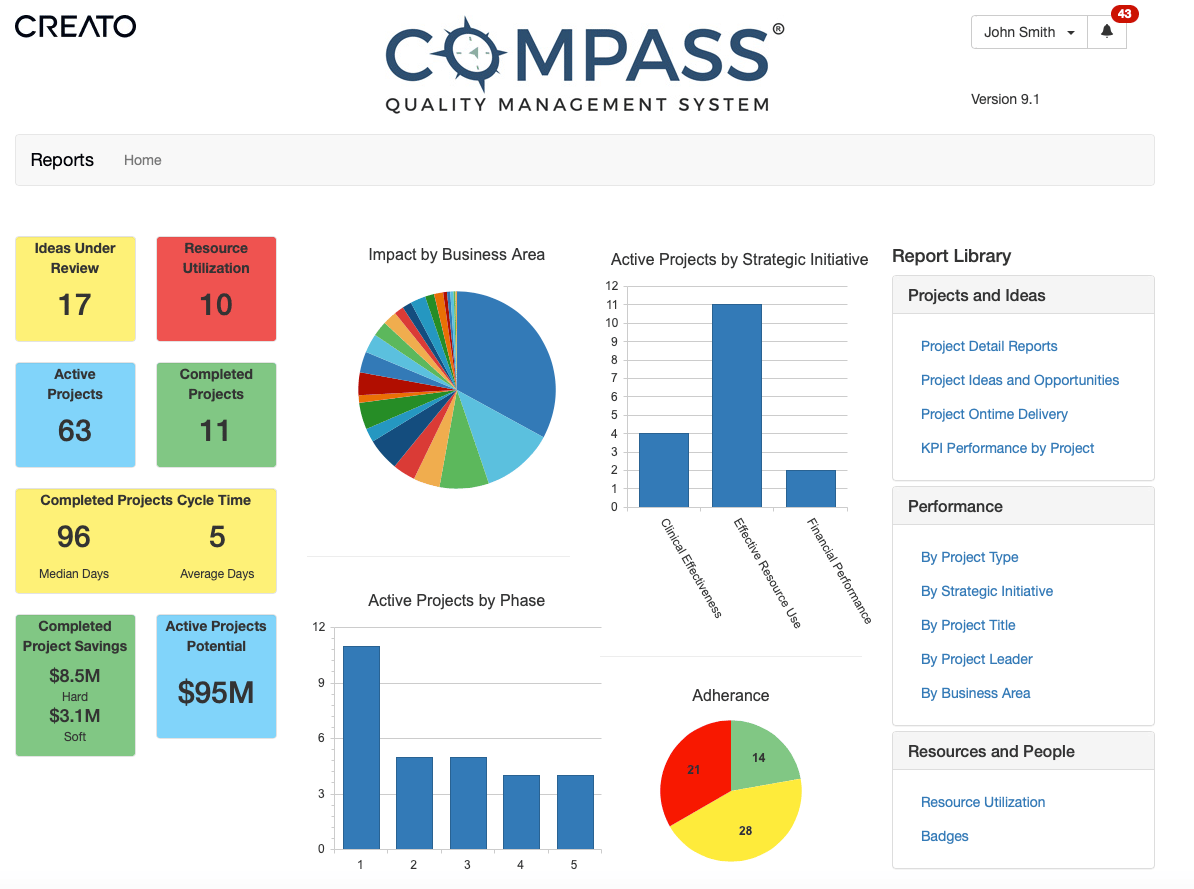
Reporting out on the impact of inspections is an important to verifying value from the activity
As each organization may take a different path to improvement, the flexibility of the system, as evidenced by degree of customization offered, is critical. You should not have to change the way you do business simply because you licensed a new application. Instead, the application should adapt to your existing processes.
Generally, the buyer would be well-advised to know the difference between a product that is little more than an Excel-inspired spreadsheet versus a product designed from the ground up to accommodate your business requirements. The spreadsheet design may look tempting because it is familiar to you. Still, these products’ depth and the interfaces offered may be limited if they have built their product on an Excel platform. Like any software procurement exercise, begin with a list of functional requirements and use sites like G2 and Capterra to narrow the field of qualified choices.
And what of the requirements? If you are unsure, start defining what you think you need and why.
Common features include:
- Image capture
- Responsive on mobile devices
- Audit trails (activity signed and controlled, with time stamps)
- Multi-use templates for audits vs. CAPA vs. 5S activities, etc.
- Enterprise features: multi-lingual, SSO, and integrations to HR and BA platforms
The range of application for inspection software is a testament to its versatility. At Velux, a windows manufacturer based in Denmark, data from quality inspections inform the R&D department on how to produce a more durable product. At Wendy’s restaurants, these systems are used to optimize daily tasks. Anything from restroom cleaning to food safety audits is tracked to ensure compliance. District managers need only look at exception reports to manage issues proactively.
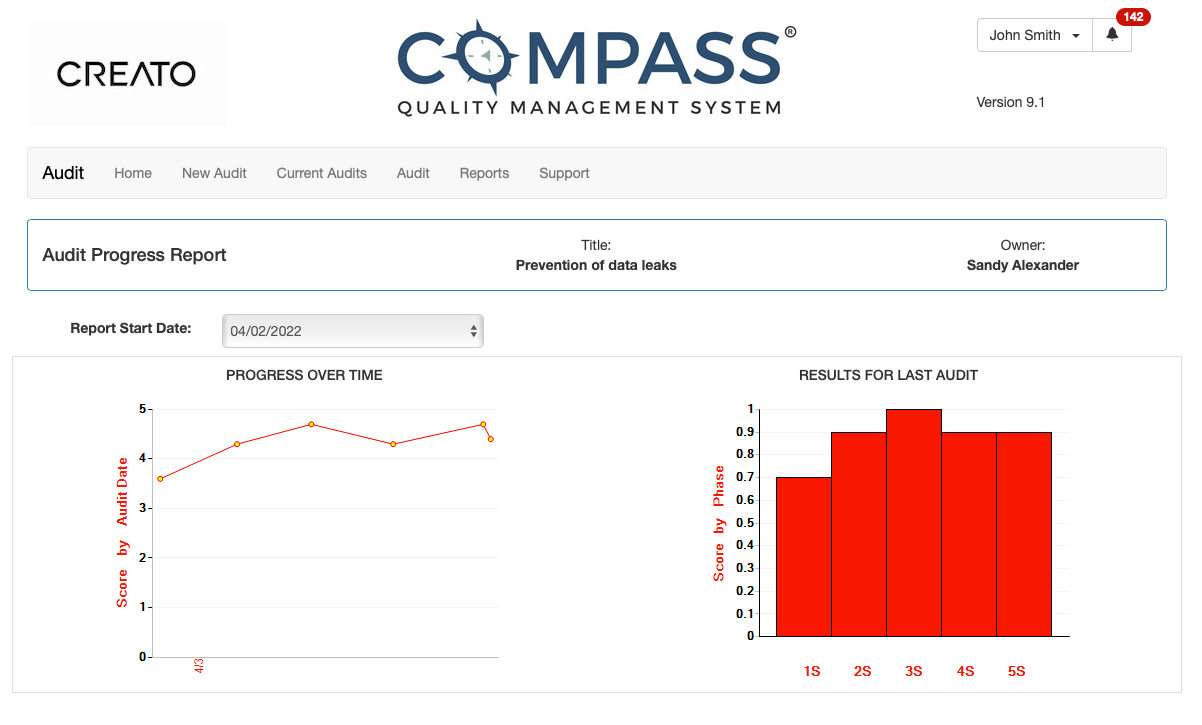
Trending data assists to ensure improvements from inspections are sustainable
“It’s all about data,” suggests Heather Larrabee, chief marketing officer of FORM, a provider of quality inspection software solutions. “We assist Wendy’s in collecting data that helps verify that you don’t have to clean the bathroom every hour. You are doing it when the data says it’s optimal use of resources and time.”
Administrators of quality inspection and quality management systems may be able to contribute to their organization’s journey to operational excellence in ways they never expected. So, if you are in a position to advocate for your company’s broader use of these systems, you are exactly where you need to be.
As with most software products, the enhancement of these applications may never end, with new features and capabilities added based on market demands. Image recognition will help aggregate common issues within the database for retrieval and analysis. Artificial intelligence applications will become more commonplace. “The goal is to free up staff and reduce mundane, repetitive tasks,” suggests Larrabee. “Let the machines do that work so that we free human capital to do what they do best: taking their companies to the next level.”
